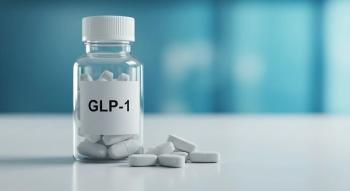
Pharmacist Medication Insights: Signs of Taking Too Much Vitamin D
Without sufficient vitamin D exposure, bones can become thin, brittle, or misshapen; however, excessive amounts of vitamin D are toxic.
Vitamin D is a fat-soluble vitamin found in several foods and available as a dietary supplement. Vitamin D is produced endogenously when ultraviolet rays from the sun make contact with the skin and initiate vitamin D synthesis.
Vitamin D obtained from foods and supplements is biologically inert and therefore must undergo a pair of hydroxylations in the body for activation. The first of which, occurring in the liver, converts vitamin D to calcidiol. The second hydroxylation mainly happens in the kidney and forms the physiologically active calcitriol.
Vitamin D helps with calcium absorption in the gut and maintains adequate serum calcium and phosphate concentrations to promote normal bone mineralization and to prevent the involuntary contraction of muscles, which can lead to cramps and spasms.
Without sufficient vitamin D exposure, bones can become thin, brittle, or misshapen. Sufficient vitamin D levels can help prevent rickets in children and osteomalacia in adults. In combination with calcium, vitamin D can help protect older adults from osteoporosis.
However, excessive amounts of vitamin D are toxic. As vitamin D increases calcium absorption in the gastrointestinal tract, the toxicity can result in marked hypercalcemia, hypercalciuria, and high serum 25(OH)D levels. Hypercalcemia can cause nausea, vomiting, muscle weakness, neuropsychiatric disturbances, pain, loss of appetite, dehydration, polyuria, excessive thirst, and kidney stones.
Vitamin D toxicity can be caused by use of dietary supplements containing an excessive amount of the vitamin due to manufacturing errors, inappropriate or excessive use of supplements, or when incorrectly prescribed by physicians.
Newsletter
Stay informed on drug updates, treatment guidelines, and pharmacy practice trends—subscribe to Pharmacy Times for weekly clinical insights.






































































































































































































